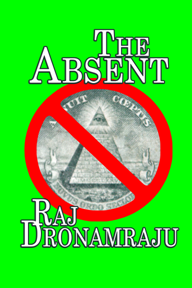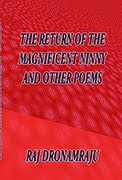By the time I made it through the almost 800 pages of the EUSTACE AND
HILDA trilogy by LP Hartley (comprising the originally separately published THE
SHRIMP AND THE ANEMONE, THE SIXTH HEAVEN, and EUSTACE AND HILDA) I’d run the
whole gamut of opinions about the writing – Great story filled with interesting
scenes and in particular realistic dialogue to still interested but wondering
where the story was going to wondering what went wrong and finding it a
challenge to get through the book.
The story is about the relationship between brother and sister Eustace
and Hilda. The SHRIMP takes place when
they are children, The SIXTH when they are in their early 20’s, and EUSTACE in
their late 20’s. Hilda is three years
older than Eustace.
In SHRIMP, we are given a picture of Eustace as a sickly little boy who
has a close relationship with his strong-willed older sister Hilda. Their father is a widower and is not poor but
not rich either. Their relationship with
some of the neighbor children such as the wealthy Stavelys (Dick Stavely
develops a crush on Hilda) and the Steptoes(Nancy Steptoe seems to like Eustace
although nothing ever comes of it) are also explored. The big event in the first book is when a
wealthy invalid named Mrs. Fothergill leaves her inheritance to Eustace when
she dies.
The writing in the first book is really amazing especially how Hartley
frames expositions scenes. There is a
lengthy interior monologue Eustace has while in the bath that is stunning in
its complete rundown of events and character’s relationships with each
other. The theme of the book is
established with the opening scene when in trying to save a shrimp from an
anemone in a tidal pool Eustace and Hilda kill both. They are a negative force in each other’s life and hold each other
back.
The second book introduces Eustace’s college roommate, Stephen Hillaird
who develops an interest in Hilda.
Eustace is well off due to the legacy bestowed on him by Mrs.
Fothergill. Hilda runs a clinic for
crippled children. The wealthy Stavelys
who they have not seen in years re-enter their lives and Dick resumes an
interest in Hilda. In the first book,
Dick invited Eustace out riding but only as an excuse to get Hilda out
too. When Hilda doesn’t want to
accompany Eustace, the ride is called off.
In the second book, Dick invites Eustace and Hilda to his house. This time Eustace convinces Hilda to go
and….It is implied Dick and Hilda might have slept together but this is book is
so genteel and Victorian in its descriptions of relationships it’s hard to
tell. The second book ends with Dick’s
aunt inviting Eustace to Venice
The third book finds Eustace in Venice where he decides to write a book
and where the whole book goes to pot.
Eustace’s time in Venice which is about 75% of the book is
dullsville. The scenes of importance
that do happen, a confrontation with Dick Stavely and a weird stilted reunion
with Nancy Steptoe, are poorly written.
The rest of his time there is a collection of boring geographical
details and meaningless trivial interactions.
Meanwhile Hilda, after being dumped by Dick Stavely, slips into a psychosomatic
state wherein she can neither walk nor talk.
Eustace comes back, takes her out in her wheelchair, fakes having a
heart attack which brings her out of her state to help him then dies of a heart
attack later that night.
The first two books built up a very interesting storyline with a lot of
possibilities, a lot of directions it could have gone in. Having Eustace get hung up in boring Venice
and again the genteel descriptions which means we never know if Eustace is
asexual, gay, or slept with Dick’s aunty (I bet on the first option) mean that
there is essentially no story in the third part of the book. Hilda’s make-believe coma is just ridiculous
and doesn’t fit her character at all.
This is not to say LP Harley is a bad writer. I’ve read his most famous book THE GO BETWEEN
as well as a number of his short stories which could be called ghost stories
and he is a great writer. Very good at
subtlety. Very good at delivering the
dark twist. All of this is on display in
the first two books but lacking in the third.
This is perhaps Hartley’s BRIDESHEAD REVISITED an attempt to write a
serious book as BRIDEHEAD was for Evelyn Waugh but Waugh’s other books
contained a lot of humor. Hartley on the
other hand would have been better served sticking with the tone of his previous
writings.
















